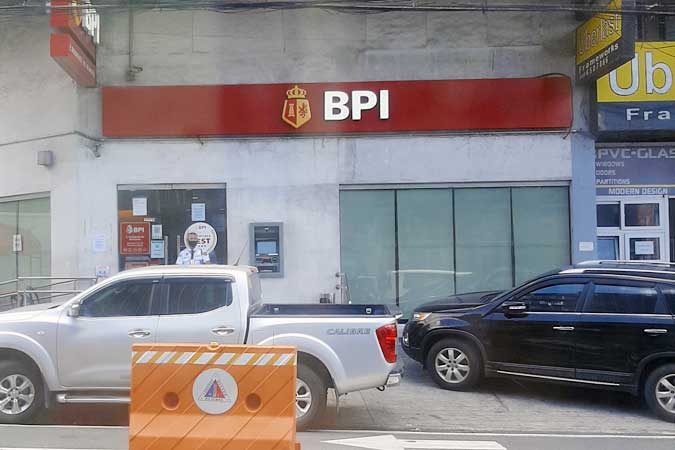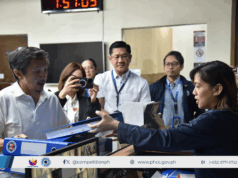S&P raises BPI rating outlook to ‘stable’ on signs of recovery

S&P GLOBAL RATINGS on Tuesday revised its rating outlook for Bank of the Philippine Islands (BPI) to “stable” from “negative” as the economy’s recovery is expected to bring down credit costs of local lenders.
A stable outlook means the rating is likely to be maintained in the next 12 to 18 months. BPI’s BBB+ long-term rating was affirmed as well as its A-2 short-term issuer credit rating, S&P said in a statement on Tuesday.
“The stable outlook on BPI reflects our view that the bank will maintain its dominant market position and strong capital buffers over the next two years,” the debt watcher said.
“The outlook revision reflects our view that BPI will benefit from improving economic conditions in the Philippines… Increased mobility and improved business and consumer sentiment will support a recovery in the banking sector,” S&P added.
The credit rater said Philippine banks are expected to get a lift from the economy’s rebound as it expects gross domestic product to grow by 7.4% this year, within the government’s 7-9% target and faster than the 5.6% expansion in 2021.
S&P said BPI’s strength lies in its solid franchise and being among the leading banks in the market, adding the lender has proven consistent profitability across economic cycles and has already seen recovery from the downturn caused by the coronavirus pandemic.
“In our opinion, the bank is well placed to weather residual stress from a position of strength, with good capital and liquidity buffers,” the credit rater said.
The debt watcher expects BPI’s credit costs to decrease as asset quality gets better. The nonperforming loan (NPL) ratio of the bank stood at 2.49% as of Dec. 31, down from its peak of 2.94% at end-June 2021 but still higher than the 1.66% seen at the end of 2019 before the crisis.
“The bank’s NPL ratio remains better than the industry average, reflecting prudent underwriting and selective lending practices,” S&P said.
BPI’s credit costs also shrank to 0.93% in 2021 from 1.96% in 2020 reflecting the industry-wide trend, showing that the economy has seen some recovery, it noted.
However, S&P said BPI could still face asset quality risks due to the threat of emerging variants that could impede economic reopening.
The credit rater expects the bank’s healthy capitalization and strong funding profile will provide support for its rating.
“We expect the bank’s risk-adjusted capital (RAC) ratio to remain strong at 10.5%-11.5% over the next two years,” S&P said.
The bank’s common equity Tier 1 and total capital ratios of 16.8% and 17.6% as of end-September 2020 are also beyond regulatory minimum and among the highest compared with its peers, it added.
Meanwhile, S&P warned that a higher-than-expected credit losses or rapid loan expansion, which could in turn result to BPI’s RAC going below 10% on a sustained basis, could cause a rating downgrade for BPI.
The Ayala-led lender’s net income rose by 11.5% to P23.88 billion in 2021 from a year earlier, supported by the lower loan loss buffers and higher fee income which offset the decreased interest earnings.
BPI’s shares closed at P99 apiece on Tuesday, down by P1 or 1% from its previous finish. — L.W.T. Noble



